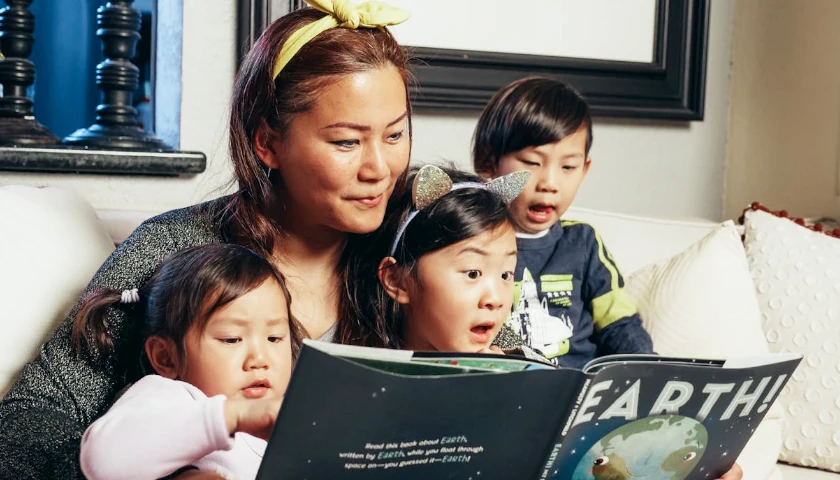School choice in Wisconsin would get a huge funding boost, and Milwaukee and Milwaukee County would stave off financial devastation in deals announced Wednesday.
Just when it appeared the Milwaukee portion of a massive state shared revenue plan was on the brink of collapse, the Republican-controlled legislature reached an agreement with Democrat Governor Tony Evers that will allow pension debt-ridden Milwaukee County and the city to put in place a new sales tax — without having to ask their voters to do so.
The two local governments would need to pass the sales tax measures on a two-thirds vote by the county board and the common council. The city could then establish a 2 percent sales tax, while the county could add 0.4 percent to its current 0.5 percent sales tax.
Milwaukee could take in nearly $200 million more in annual tax revenue per year, while the county could collect $73 million more per year, according to estimates from the Wisconsin Department of Revenue.
“This deal presents a generational opportunity for us to address long-standing fiscal challenges and inequities that our county and state have faced for far too long. If we want to become the healthiest county in the state of Wisconsin, we need to invest in key services, and this deal will allow us to do so,” Milwaukee County Board Chairwoman Marcelia Nicholson said of the bi-partisan agreement.
Fiscal hawks have called the sales tax component of the shared revenue plan a taxpayer-funded bailout to Milwaukee County and city governments that have made terrible fiscal decisions over the years and have failed to honor their self-induced public pension commitments.
Senate President Chris Kapenga (R-Delafield) has long had concerns about the Milwaukee bailout.
“If we do step in and allow some of the things we’re talking about, we’ve got long-term deficit issues just with their operating funds. They’re still in trouble, so we’re not really fixing the problem,” Kapenga told The Wisconsin Daily Star on Thursday’s Vicki McKenna Show.
The shared revenue proposal would pump a historic level of funding into local governments, boosting state aid to more than $1 billion — an increase of $260 million (34 percent), with a minimum of 20 percent more revenue.
“This is already the job of every elected official. It shouldn’t be necessary to incentivize local government to do things efficiently. Public servants are to be good stewards of taxpayer money. In all, the bill is looking at over $500 million in new spending,” Kapenga wrote in a recent column published at the MacIver Institute.
State Representative Bob Donovan (R-Greenfield) called the deal a win for municipalities across the state.
“I think we can all breathe a sigh of relief finally,” Donovan said in a statement. “Although sometimes the debate was contentious, I’m glad that we can deliver real change to Wisconsinites.”
The deal also would put the kibosh on the costly expansion of Milwaukee’s street car, a massive money suck.
“This is a golden opportunity for Milwaukee to get their act together,” said State Senator Duey Stroebel (R-Cedarburg).
Evers praised the tentative agreement.
“This compromise will be transformative for our communities and our state, and coming to an agreement in principle on major parts of this proposal is a significant milestone in my negotiations with Republican leaders over the past few months,” the governor said in a statement.
Republican leadership declared victory, noting the funding increase limits where the money can be spent.
“Republicans won the argument, and the bill guarantees that new state revenue may only be used for police, fire, and EMS services,” Assembly Speaker Robin Vos (R-Rochester) said.
Meanwhile, school choice advocates celebrated an education spending package that would significantly narrow the long-held funding gap between public K-12 schools and parental school choice programs. The package includes more than $1 billion more in total K-12 education spending.
Choice schools — including private school voucher programs and charters — will see significant per-student funding increases. K-8 vouchers schools will see an increase from about $8,000 per student to $10,000, according to Jim Bender, long-time school choice advocate and lobbyist. Private school voucher high schools would receive nearly $13,000 per student, and independent charter schools would note per-student funding rise to nearly $12,000.
Bender said it’s a total funding infusion of $285 million, where funding for school choice was at a decade ago.
“You’re closing the gap, where you’re going to see a dramatic decrease between what public schools are getting, even after they get an increase, and what choice and charter schools are getting,” Bender told The Daily Star on the Vicki McKenna Show.
Public schools, which on average have taken in nearly $15,000 per student, would see a boost to their base. Public schools would still receive more taxpayer funding per student than choice schools, but the playing field would be much more level than it has ever been.
The spending package also includes $50 million to improve reading and literacy outcomes and nearly $100 million for special education reimbursement.
How did Republicans get Evers — who led the state Department of Public Instruction for a decade and has long been beholden to the state’s powerful teachers union — to sign on to an education package that strengthens school choice? His latest budget proposal, after all, again called for freezing school choice.
Bender said a record surplus and big policy priorities on both sides of the negotiating table certainly helped.
“We also had two coalitions that were very broad in they political leanings, school-and-kid-based organizations that were laser focused on [funding] gap closure,” he said.
– – –
M.D. Kittle is the National Political Editor for The Star News Network.
Photo “Tony Evers” by Tony Evers. Background Photo “Classroom” by Wokandapix.





